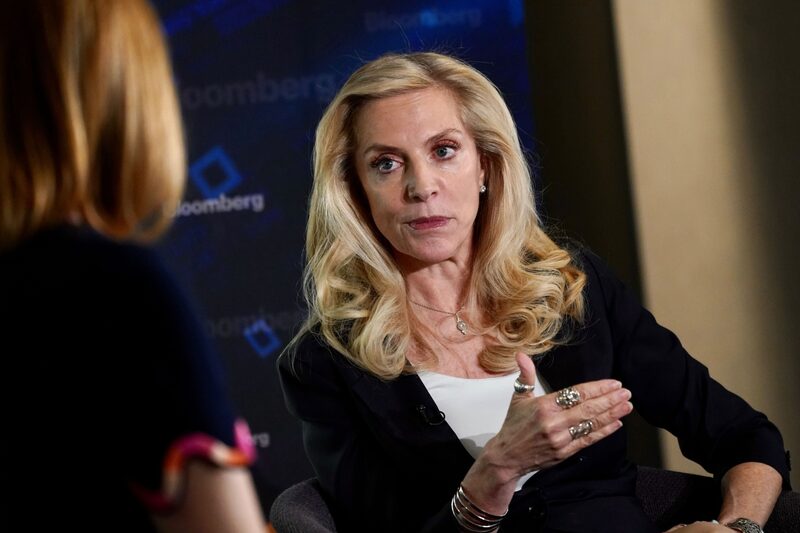A roundup of Monday’s stock market results from across the region
👑 Argentina’s Merval leads in Latin America:
Argentina’s Merval (MERVAL) maintained its winning streak on Monday and rose 1.51%, mainly driven by energy stocks. The most outstanding shares of the day were YPF (YPFD), up 5.4%; Edenor S.A. (EDN), which rose 4.1%, and Transportadora del Gas del Sur (TGSU2), which added 4.1%.
In Latin America, Brazil’s Ibovespa (IBOV) also closed higher, climbing 0.81% thanks to the strong gains in the information technology, consumer and energy sectors.
IRB Brasil Resseguros S.A. (IRBR3) and Meliuz S.A. (CASH3) saw gains of 14.63% and 10.91%, respectively.
Peru’s S&P/BVL Peru (SPBLPGPT) posted a 0.37% advance, with the materials sector leading. In Colombia it was a holiday and the stock exchange was closed.
📉 A bad day for Chile’s IPSA:
Chile’s IPSA (IPSA) and Mexico’s S&P/BMV IPC (MEXBOL) closed lower, down 0.90% and 0.34%, respectively.
In Chile, shares of companies in the consumption and materials sectors plummeted during the first day of the week, the same sectors that performed poorly in Mexico.
The Bank of Mexico (Banxico) may adjust its interest rate by a different magnitude than the US Federal Reserve if economic variables improve, which would break the trend of its previous decisions, said deputy governor Galia Borja on Monday. Last week, Mexico’s central bank had raised its key rate to a record 10%, its fourth consecutive 75 basis point hike.
🗽 On Wall Street:
US stocks ended a choppy session lower after two Federal Reserve officials highlighted the central bank’s resolve to be persistent until it brings inflation down meaningfully.
The S&P 500 was down 0.9%, snapping a two-day rally. The tech-heavy Nasdaq 100 (CCMPDL) also fell. Treasury yields climbed, with the 10-year rate around 3.87%.
Fed Vice Chair Lael Brainard briefly buoyed sentiment after she said, during a Bloomberg event in Washington, that it would be appropriate “soon” for the central bank to slow its pace of interest-rate hikes. However, she also emphasized that the Fed had “additional work to do” to bring inflation down, which kept some investors on the edge. Brainard did not explicitly commit to a step-down to a half-point hike in December, nor did she elaborate what she meant by “soon.”
“I think Brainard’s comments underscore the uncertainty of the path forward and the data dependence of the Committee,” said Jake Schurmeier, portfolio manager at Harbor Capital Advisors. “They don’t want a slower pace of rate hikes to be confused for less restrictive policy.”
Earlier, Fed Governor Christopher Waller’s hawkish comments wobbled markets as investors mulled whether the post-CPI euphoria was overblown.
Last week’s CPI-fueled rally, which propelled the S&P 500 to its best week since June, may be unsustainable, according to Christopher Smart, chief global strategist at Barings and head of the Barings Investment Institute.
“The bad news is that in an economic moment that remains so uncertain, the data is more likely than not to be messy and contradictory in the months ahead. The pace of decline will be uneven,” he said. “Moreover, there’s still a long way to go to get to the Fed’s target of 2% average inflation. That’s why Fed governors have been lining up to talk down any market euphoria that a real pivot is in sight.”
The cumulative impact of prior interest-rate hikes will also continue to weigh on economic growth and corporate profits, according to Mark Haefele, chief investment officer at UBS Global Wealth Management, who recommends that investors take a defensive position.
Meanwhile, Chinese stocks listed in the US extended their rally to a third day, after Joe Biden and Xi Jinping called for reduced tensions between the world’s two biggest economies during a meeting in Bali, Indonesia.
With regard to currencies, the Bloomberg Dollar Spot Index rose 0.2%, the euro fell 0.1% to $1.0333, the British pound fell 0.6% to $1.1758 and the Japanese yen fell 0.7% to 139.74 per dollar.
🔑 The day’s key events:
The follow-up to the decisions that the Federal Reserve may make on interest rates and the increase in Covid-19 cases in China, which has brought down expectations of a rapid reopening of this economy, caused oil to fall at the beginning of the week.
West Texas Intermediate (WTI) fell 3.47% to $85.87 per barrel, while Brent crude oil retreated nearly 3.61% to $92.51.
“Crude oil prices were dragged lower as it appears that the near-term demand outlook is heading much lower. China’s Covid situation is not improving and the U.S. economy appears to be weakening rapidly,” noted Ed Moya, senior market analyst at Oanda. China had signaled that it would relax some measures against Covid-19, which boosted crude oil prices on Friday, November 11.
The stronger dollar also impacted oil prices on Monday, while still echoing the words of U.S. Treasury Secretary Janet Yellen, who said Russia will probably have to shut down some of its oil production if it does not comply with a price cap.
🍝 For the dinner table debate:
The collapse of Sam Bankman-Fried’s FTX-led crypto empire has catalyzed billions of dollars worth of outflows from numerous crypto exchanges.
Specifically, $3.7 billion in bitcoin (XBT) and US$2.5 billion in ether (XET) were withdrawn between Nov. 6 and November 13, according to data provider CryptoQuant. More than $2 billion was also withdrawn from major stablecoins during the same time period. CryptoQuant tracks data from major exchanges.
The last week has been “without a doubt, one of the darkest in the history of cryptocurrencies,” said Sasha Ivanov, the founder of blockchain platform Waves. “It is disheartening to see the value of this technology undermined by the collapse of what many saw as a leading exchange.”
FTX is the latest in a long line of major cryptocurrency companies to be divested this year, including hedge fund Three Arrows Capital, cryptocurrency lender Celsius Network and broker Voyager Digital.
Sebastián Osorio Idárraga, a content producer at Bloomberg Línea, and Isabelle Lee of Bloomberg News, contributed to this report.

